One of the trickiest parts of riding a motorcycle is mastering gear shifting. In the motorcycle world, manual gearboxes are the standard. It's crucial to learn how to shift gears correctly and seamlessly. Unless you're riding an electric bike, a scooter, or a motorcycle with a DCT (Dual Clutch Transmission), the responsibility of shifting gears rests entirely on you.
Many beginners find gear shifting to be challenging initially, but that changes once they acquire some coordination between the clutch and gearshift. In this guide, I'll explain how to change gears on a motorcycle using the clutch and gearshift. You'll understand the significance of coordinating your eyes, hands, and feet for smooth gear changes. Additionally, I'll introduce advanced techniques like "clutchless shifting," which are typically employed by more experienced riders. Keep reading to explore more.
How to shift gears on a motorcycle

When shifting a motorcycle, there are three basic controls that you operate; the throttle, clutch and gear selector. Each of these basic controls have their functions. The throttle revs the engine, the gear selector changes the gear and the clutch engages or disengages the transmission. When you pull the clutch towards you using your left hand, you can rev the engine without moving the bike forward. If you move the clutch while the transmission is in gear, that is, in gear, the bike will move forward. Using your left foot, you can select the gear by clicking the lever. In most cases, the gear pattern is laid out from the 6th gear to first gear, with neutral gear before the 1st gear.
If you are an absolute newb, use these shifting techniques:
Shifting a motorcycle from a stop
Shifting into gear from a stop is easy. With the engine running and the throttle closed, use your left hand to pull the clutch all the way in. Shift down into first gear by selecting first gear with your left foot. You should be able to feel and hear the transmission click into gear. Then slowly begin to release the clutch with your left hand while gently rolling the throttle open using your right hand. You will start to notice the motorcycle moving forward as you perform these operations. As you continue to roll the throttle gentle while simultaneously releasing the clutch with your left hand, the bike will pick up speed.
Upshifting while moving
To upshift while moving, roll the throttle close with your right hand and pull the clutch lever in with your left hand. Change to the next higher gear using your left foot. Just like shifting into first gear you should notice the transmission click into gear. The bike should continue moving forward when you release the clutch. If the motorcycle doesn’t move forward, then you are in neutral, between the first and second gear. Then shift again to move to the second gear.
Downshifting while moving
In order to downshift while moving, roll the throttle closed with your right hand. Pull the clutch lever in with your left hand and shift down into the next lower gear using your left foot. Begin releasing the clutch lever slowly with your left hand. Downshifting to a lower gear gives you faster acceleration or more power to climb a hill. In order to achieve this, roll the throttle open as you simultaneously release the clutch gently. If you are downshifting in order to come to a stop, then you only need to make sure the throttle matches the engine revs and the road speed you so that the bike reduces speed smoothly.
Remember, coordinating these actions takes deliberate action and a lot of effort that may feel clumsy at first. You may find yourself making some frequent mistakes but that’s just part of the learning process. A few useful tips you should always remember is that, the throttle operation comes from your wrist alone and not your whole arm. Shifting gears should be executed quickly with a shove from your foot. As time goes by and with a lot of practice, you will be able to shift gears smoothly and almost without any conscious effort. It will be so natural that you will not have to think about it.
How to refine your shifting technique
The first step to refining your shifting technique is to understand the mechanics of gear shifting so you can be more efficient next time you are changing gears. Let’s begin by diving deeper into how a motorcycle gear operates.
To move a motorcycle, power is transferred from the crankshaft to the transmission, then to the chain and sprockets. From here, the power is transferred to the rear wheel. Between the transmission and the crankshaft exists a clutch which is essentially a coupling device between the crankshaft and the transmission.
The clutch is used to disengage the crankshaft from the transmission, allowing the cogs to shift to the next gear position.













